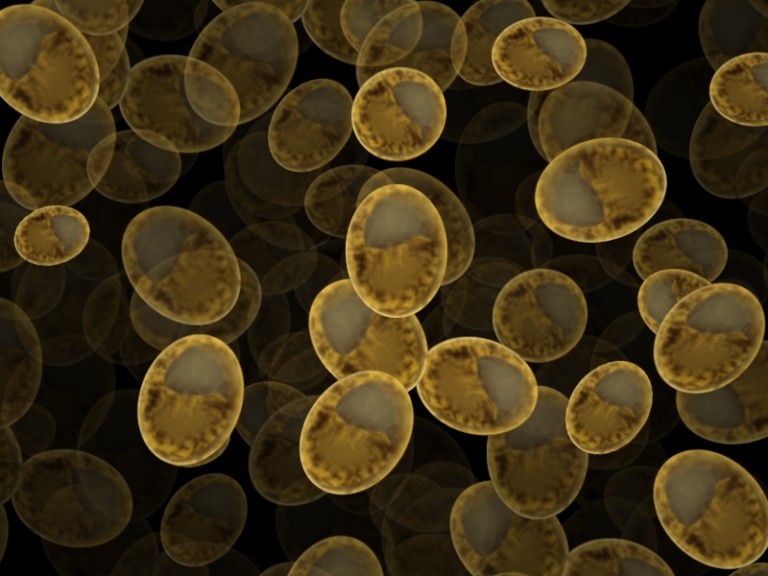For at least the last 10 million years every yeast cell of the sort used to make beer or bread has had 16 chromosomes. But now—thanks to CRISPR technology and some DNA tinkerers in China—there are living yeast with just one.
Genome organizer: We humans have our genes arranged on 46 chromosomes, yeast use 16, and there’s even a fern plant with 1260 of them. That’s just the way it is. And no one is quite sure why.
The big one: Do we really need so many chromosomes? That’s what Zhogjun Qin and colleagues at the Key Laboratory of Synthetic Biology in Shanghai wanted to know.
With CRISPR, the gene-editing tool, Qin’s team chopped out the button-like centromeres that hold each stringy chromosome together, and then started fusing them into one long chain. The result: organisms with eight, four, two, and even finally just one “single giant chromosome.”
Is this a new species? Good question. Yeast with fewer chromosomes can’t mate very well or at all with regular ones, but they did fine with their own numerical kind. This may indeed be the start of a separate, man-made species.
What it’s for: Scientists want to explore why cells have chromosomes at all, so the weird new yeast could help. But the work is also a demonstration of “large-scale genome engineering,” say the Chinese team in their report, which appeared in the scholarly journal Nature.
The ultimate goal of these experiments? Using technology to create useful, human-designed life forms of kinds never seen before.

